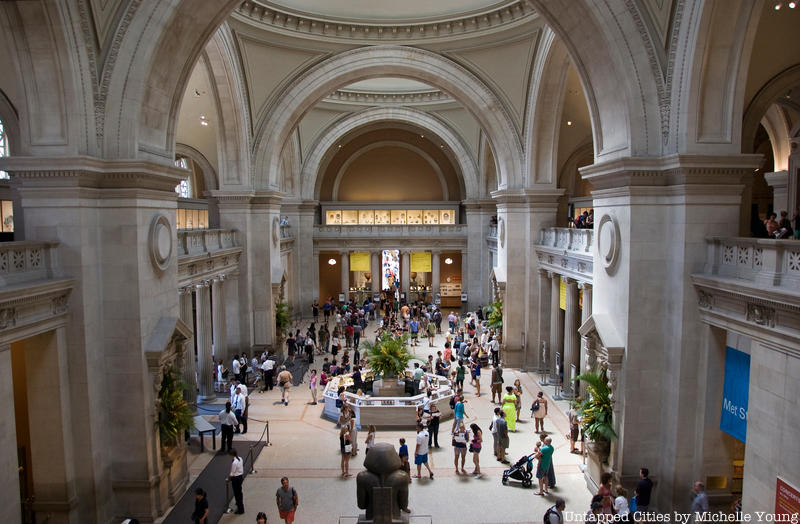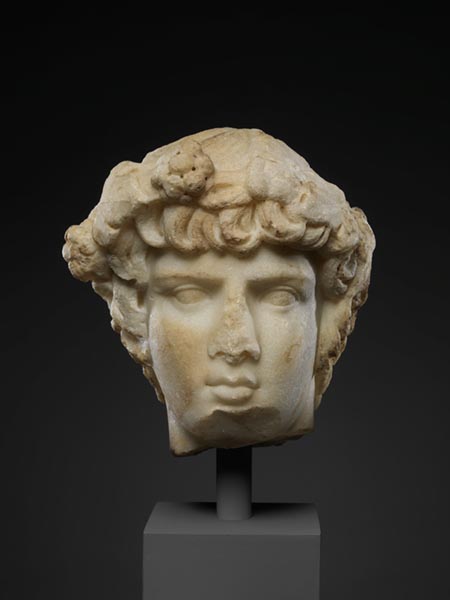
When most people think of the words “sex” and “museum” in the same sentence, they think of the Museum of Sex or the often joked-about Icelandic Phallological Museum. However, if you want to see a really sexy collection, you can just meander through our city’s magnificent — and stodgy — Metropolitan Museum of Art. This is the case because until the advent of photography in the mid-19th century, art was the only porn there was, and there are a lot of sexy images in the museum, from the ancient Greeks (masturbating monkeys, anyone?) to a very large pre-Impressionist canvas of a woman having an orgasm (see below).
Today, people mostly walk right by these pieces. Some of this is because the erotica is either veiled or at most, soft-core. Some is because we are taught from an early age to take art seriously, as artistic expression of profound truths — so we ignore its sexiness even when it’s in front of our noses. A lot, however, is because nobody lets you in on the sexy secrets — the scandalous backstories that would bring the museum’s masterpieces to life for us.
So to make amends on behalf of art history, we offer the following sexy pieces from the Metropolitan. For more quirky facts about New York City’s iconic museum, Shady Ladies Tours offers events with sex-and-gender themes, e.g. the Shady Ladies tour of the Metropolitan (courtesans and royal mistresses), the Nasty Women of the Metropolitan (ambitious and powerful women), the Hidden Secrets of the Metropolitan (scandalous backstories) and more.
10. Marble Head of Antinoos
 Marble portrait head of Antinoos. Photo from the Metropolitan Museum of Art in public domain
Marble portrait head of Antinoos. Photo from the Metropolitan Museum of Art in public domain
Antinoos was the lover of the Roman Emperor Hadrian although we don’t know much about the actuality of their relationship. Hadrian was 35 years older than Antinoos — typical for ancient Greece and Rome. But how old they were when they met or began their relationship, we don’t know. The only thing we ever hear about their time together is a story of a lion hunt in Egypt.
Their relationship became more interesting (for us in any case) when Antinoos died, by drowning in the Nile, at age 19. Again, the details of this event is murky: we do not know how it happened, but what’s interesting is how Hadrian reacted: he had Antinoos declared a god. This was not a usual occurrence: emperors generally became gods when they died, but no other kept boy did. This is why we now have over 100 marble busts and statues of Antinoos today — and how nice of the Met to put him right across from Hadrian!





